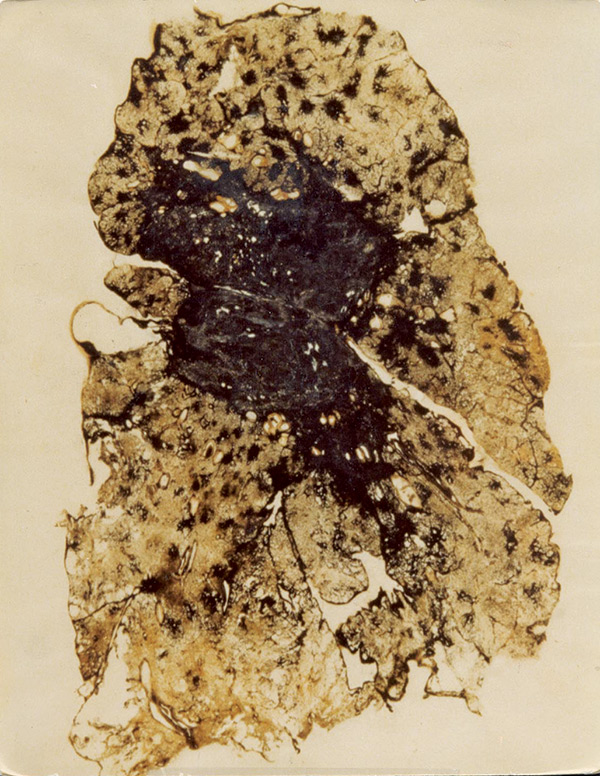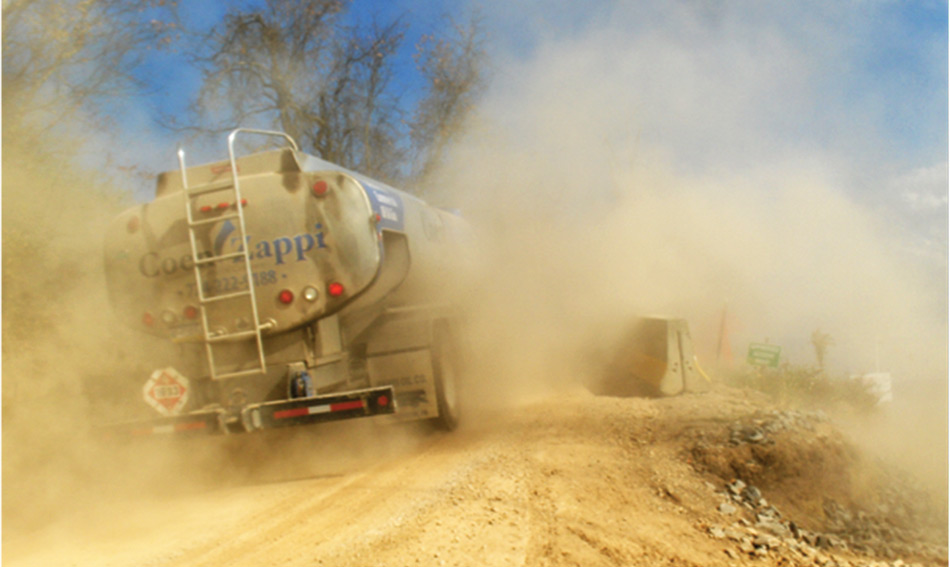Cleaning Up Coal Ash
For well over a century, power plants across the country have burned coal to generate electricity. And for just as long, leftover coal ash has been dumped in open, unlined pits near the power plant, usually located on a river or lake. Every year, U.S. power plants produce 130 million tons of coal ash, which is the second largest waste stream in the country after municipal garbage.
Coal ash concentrates the toxic heavy metals found in coal, including arsenic, mercury, lead and selenium. Stored in unlined, wet impoundments, coal ash has been leaking these toxics into our groundwater and surface waters for years. Sometimes these impoundments collapse — with disastrous results.
Yet government regulations for coal ash management are either non-existent or sparse, and there is little enforcement of the regulations that do exist. In North Carolina, this lack of oversight — and the complicity between state regulators, elected officials and Duke Energy — came to a boiling point in February 2014 when one of Duke’s coal ash impoundments spilled 39 million tons of ash into the Dan River.
Citizens living near North Carolina’s 33 coal ash impoundments — all of which have leaked — have fought for transparency from Duke and the state, and for cleanup of the pollution that threatens their property value, health and family. Their actions forced this issue into the headlines of news networks and to the forefront of environmental justice conversations in the United States.
Appalachian Voices stood with these communities as we worked for years to compel Duke Energy and the N.C. Department of Environmental Quality to excavate coal ash from all the North Carolina sites and dispose of it either in lined, dry landfills, away from waterways, or by recycling it for concrete or other uses, provided it’s done in a manner that protects public health and the environment.
On Jan. 2, 2020, North Carolina announced a historic settlement with one of the state’s most powerful corporations and polluters, Duke Energy. The settlement requires Duke to move nearly 80 million tons of toxic coal ash at six of its power plants to properly lined landfills onsite or recycle it.

Learn information about specific coal ash impoundments in the South, including health threats and safety ratings:
Additional Resources
Fact sheets, videos, links to academic research, and more
Sign Up to Act
Help us protect the health of our communities and waterways.
Latest News
Severe Black Lung Disease Makes A Deadly Resurgence
Diagnoses of the most severe form of black lung disease, known as progressive massive fibrosis, are on the rise in Appalachia. The causes of this deadly trend aren’t entirely clear, though it may be linked to the silica rock dust associated with thinner layers of coal.
Cultivating Forest Medicinals, Creating Healthy Economy
Appalachia’s forest are home to a stunning array of medicinal plants. A movement called forest farming is emerging to grow these plants in private forestland to decrease strains on plant populations and strengthen the market for the region’s botanicals.
The Human Impact: Mining and Fracking in Appalachia
Extracting coal and natural gas is linked to a range of health problems in Appalachia, including shorter life expectancies.
Wildflower Wonders
Wildflowers are one of Appalachia’s most vibrant symbols of summer. As the season’s end nears, we explore a few beautiful, unique flowers that blossom in late summer along mountain trails, forests and riverbeds.
Communities Aim to Solve the Opioid Epidemic
Opioid abuse is on the rise across America, and Appalachia has been hit particularly hard. In response, some local governments and treatment centers are trying new treatment methods, with varying degrees of success. Efforts are also underway to curb the availability of opioid prescriptions and eliminate the stigma associated with addiction.
A Burning Issue: The Health Costs of Coal Ash
Coal ash has been linked to a number of health problems, and community concerns have spurred researchers from the University of North Carolina to investigate drinking water wells in the state.











